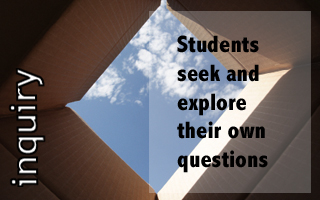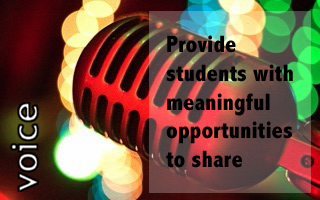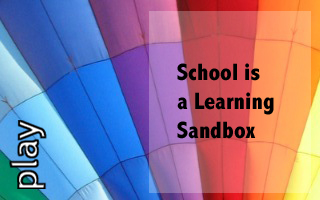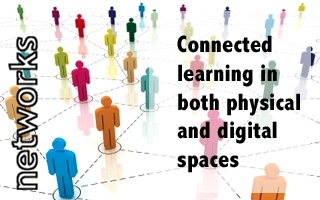There are many wonderful sites available to help you understand and start using inquiry-based learning in your classroom. Teachers are always looking for ways to engage and enthuse students in the classroom. One of the best ways to do this is to encourage Inquiry Based Learning. Through Inquiry Based Learning we encourage students to to pose deep questions and research, solve and share our hypothesis with peers.
1. Inquiry
(Give learners choice.)
2. Voice
(Give learners a voice.)
3. Audience
(Give learners an audience.)
4. Community
(Give learners a community to collaborate with.)
5. Leadership
(Give learners opportunities to lead.)
6. Play
(Give learners opportunities to play.)
7. Networks
(Give learners digitally connected spaces to learn.)
An Introduction to Project-Based
Learning
In this hands-on
approach to teaching, students create schoolwork that demonstrates core subject
knowledge. Read a short introductory article or watch an in-depth video.
The term "project learning" derives from the work of John Dewey and dates back to William Kilpatrick, who first used the term in 1918. Project-based learning can be seen as a broad category which, as long as there is an extended "project" at the heart of it, could take several forms or be a combination of:
The term "project learning" derives from the work of John Dewey and dates back to William Kilpatrick, who first used the term in 1918. Project-based learning can be seen as a broad category which, as long as there is an extended "project" at the heart of it, could take several forms or be a combination of:
- Designing and/or creating a tangible product, performance or event
- Solving a real-world problem (may be simulated or fully authentic)
- Investigating a topic or issue to develop an answer to an open-ended question
Video: Watch Laufenberg’s fascinating TED Talk “How to Learn? From Mistakes.”
Diana Laufenberg shares 3 surprising things she has learned about
teaching — including a key insight about learning from mistakes.
Click HERE for a resource with Websites of Interest: Inquiry
























No comments